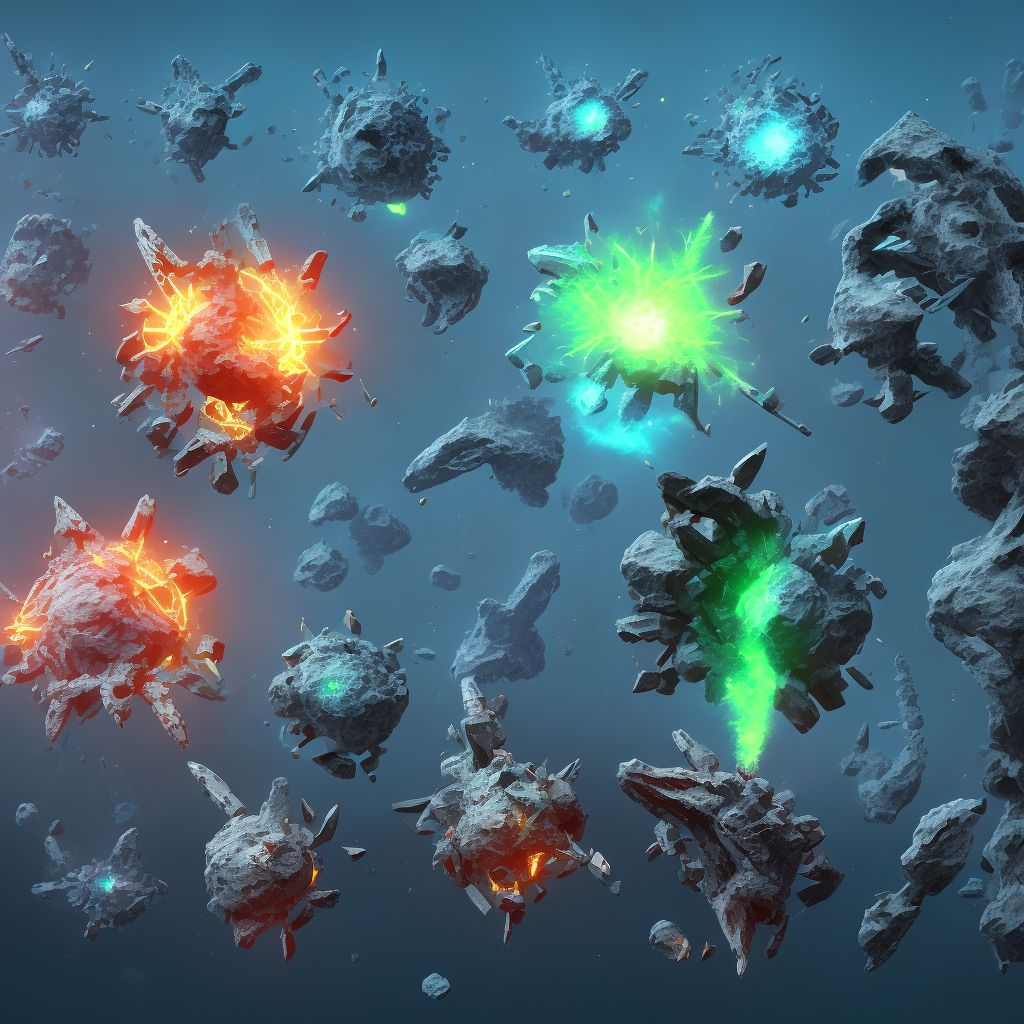
Displaced segmental fracture of shaft of left tibia, subsequent encounter for open fracture type IIIA, IIIB, or IIIC with malunion Save
ICD-10 code: S82.262R
Disease category: S82.262: Displaced segmental fracture of shaft of left tibia
Displaced Segmental Fracture of Shaft of Left Tibia: Understanding Open Fracture Types IIIA, IIIB, or IIIC with Malunion
A displaced segmental fracture of the shaft of the left tibia can have severe consequences, leading to an open fracture. In this subsequent encounter, we will explore the different types of open fractures and their association with malunion.
- Type IIIA open fracture: A type IIIA open fracture is characterized by a wound less than 10 centimeters long, minimal soft tissue damage, and adequate coverage of the fractured bone. Despite the severity of the injury, these fractures generally have a higher chance of healing without complications.
- Type IIIB open fracture: Type IIIB open fractures involve extensive soft tissue damage, often resulting in inadequate coverage of the fractured bone. The wound associated with this fracture type is usually greater than 10 centimeters and requires advanced medical intervention for proper healing.
- Type IIIC open fracture: Type IIIC open fractures are the most severe and complex. They involve extensive soft tissue damage, including arterial injury, which may require vascular repair. The wound associated with this fracture provides limited or no coverage for the fractured bone and requires immediate medical attention.
Malunion refers to the improper healing of a broken bone, leading to deformity or misalignment. After experiencing an open fracture, malunion can occur due to factors such as poor initial reduction, delayed treatment, or inadequate immobilization. It is essential to monitor the healing process closely to identify any signs of malunion and take appropriate action to rectify the issue.
Common symptoms of malunion may include pain, limited range of motion, deformity, and functional impairment. However, it is crucial to consult with medical professionals for a proper diagnosis and treatment plan.
While the focus of this article is to understand the different types of open fractures and their association with malunion, it is essential to note that treatment should be sought from qualified healthcare providers. They will assess the specific case and determine the best course of action, which may include surgical intervention, physical therapy, or other appropriate treatments.
In conclusion, a displaced segmental fracture of the shaft of the left tibia can lead to open fractures of different types. Understanding the severity of these fractures and their potential association with malunion is crucial for timely and effective treatment.
Treatment of Displaced segmental fracture of shaft of left tibia, subsequent encounter for open fracture type IIIA, IIIB, or IIIC with malunion:
Treatment Options for Displaced Segmental Fracture of Shaft of Left Tibia
A displaced segmental fracture of the shaft of the left tibia, subsequent encounter for open fracture type IIIA, IIIB, or IIIC with malunion is a complex injury that requires prompt and appropriate treatment. This type of fracture involves multiple breaks in the bone, often resulting from high-energy trauma.<...
To see full information about treatment please Sign up or Log in